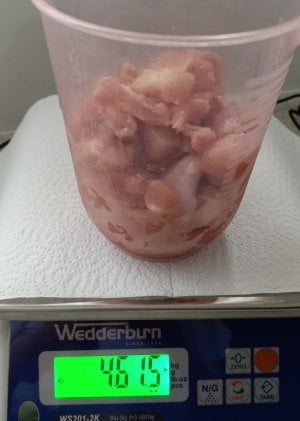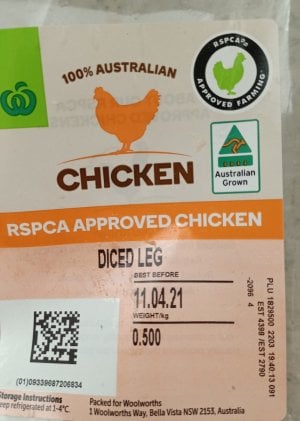Mince Meat Showdown: Coles vs Woolies vs Aldi vs IGA
- Replies 6
Supermarket giants Woolworths and Coles have come under fire these past few weeks after several customers reported issues regarding the weight of their mince meat purchases.
A few weeks ago, we wrote a story about an incident concerning a shopper and her pack of mince meat bought from the local Woolies. The woman recently bought a 1-kilogram pack of Beef Mince, but after weighing the product at home, she found out that the weight was only 868 grams (132 grams less than the advertised amount).
In a separate incident that happened in early February, a Coles shopper slammed the supermarket after finding out that the 800-gram pack of mince meat she bought from the store was actually only 575 grams, over 25 per cent less than the advertised amount.
Both supermarkets have already responded to the claims, saying that they would be looking into the problem with their suppliers.
They added that customers should rest assured that their products are regularly weighed and measurement instruments are regularly tested to ensure they are accurate.
Yahoo! News Australia decided to put the country’s leading supermarkets to the test and weigh their standard packs of mince. Credit: Yahoo! News Australia.
Since this issue has been a recurring incident these past few weeks, Caitie Browne from Yahoo! News Australia has decided to put the leading supermarkets to the test.
She randomly selected packs of mince bought from four of the biggest supermarkets in the country – Woolworths, Coles, IGA, and Aldi.
For the weighing test, she used the standard 1-kilogram mince packs from Coles and Woolies, and the standard 500-gram packs from Aldi and IGA.
Here are the results:
Coles – stated weight: 1000 grams / recorded weight: 1006 grams
Woolworths – stated weight: 1000 grams / recorded weight: 1003 grams
Aldi – stated weight: 500 grams / recorded weight: 505 grams
IGA – stated weight: 500 grams / recorded weight: 504 grams
Surprisingly, all four packs from the different supermarkets came out with more weight than the advertised amounts! This is quite a contrast with the recent reports of underweight mince packets.
However, it must also be noted that the sample size of this test is quite small and of course, the packets will still vary from customer to customer.
All packets of mince meat (except the one bought from IGA) include an “e” symbol on their packaging, but what does this symbol mean?
The “e”, also known as the estimated sign (or the quantité estimée) is used by countries in the European Union along with Australia and South Africa.
Here in Australia, the “e” indicates goods have been packed in accordance with the Average Quantity System (AQS).
Under the directions provided by the International Organisation of Legal Metrology (IOLM) in 1997, packages between 500 to 1000 grams or millilitres are allowed to be 15 grams off their weight.
So what do you think? Next time you buy some mince we encourage you to weigh it and report back with your findings!









